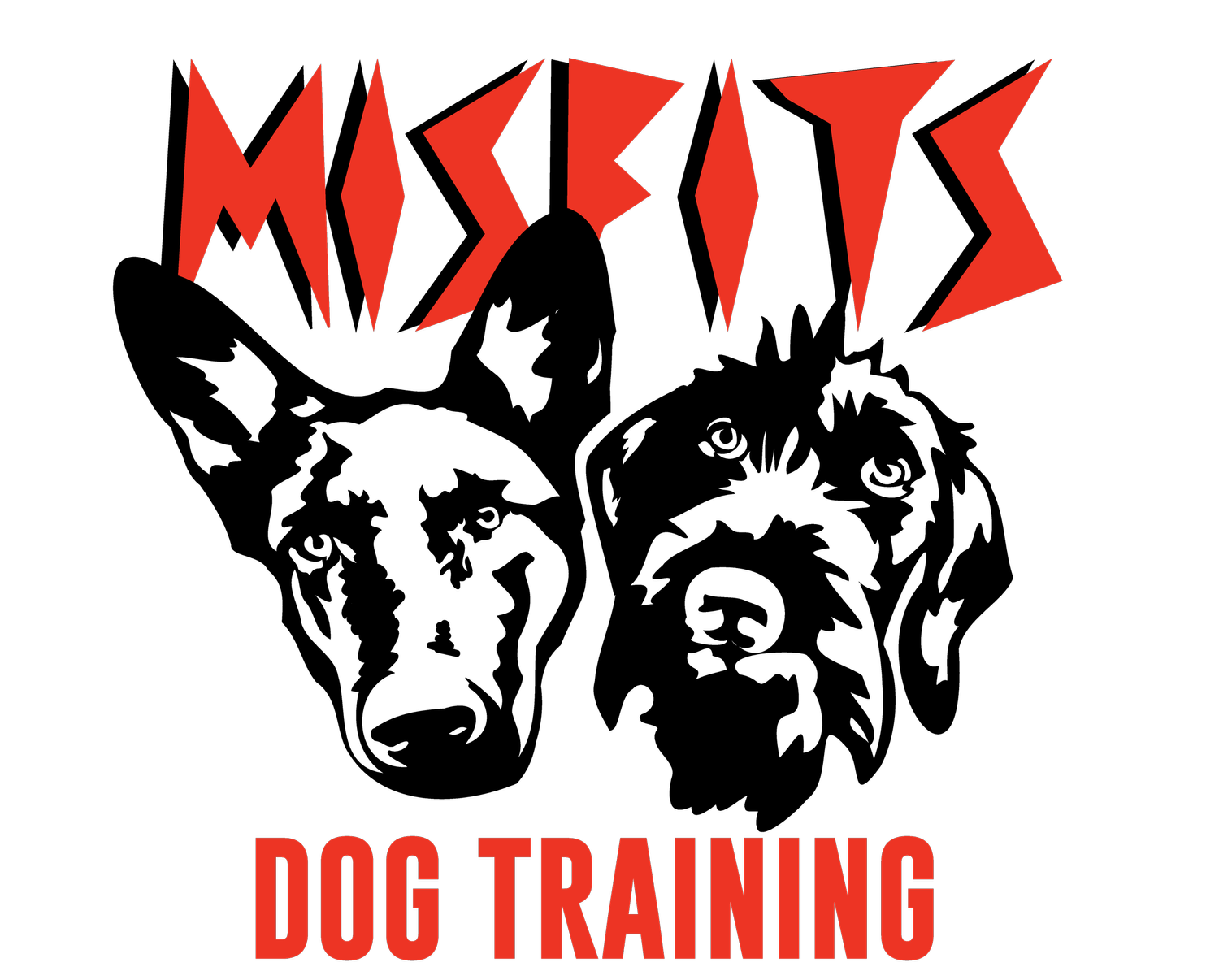Barking is a natural behavior for dogs, but it can become problematic when it’s excessive or poorly timed—understanding why your dog barks and implementing effective strategies can help you manage and reduce unwanted barking. In this guide, we’ll explore the reasons behind barking and provide practical tips and tricks to keep the noise at bay. Whether dealing with a yappy puppy or an overzealous adult dog, these strategies will help you maintain peace in your home.
Understanding Why Dogs Bark
Before tackling excessive barking, it’s important to understand why dogs bark in the first place. Dogs use barking to communicate, expressing various emotions and needs. Here are some common reasons dogs bark:
- Alert/Alarm: Dogs often bark to alert their owners of potential danger or to ward off perceived threats.
- Attention-Seeking: Barking can be a way for dogs to get attention from their owners.
- Boredom: A lack of physical and mental stimulation can lead to boredom, resulting in barking as an outlet for pent-up energy.
- Anxiety/Fear: Dogs may bark out of anxiety or fear, whether it’s due to separation anxiety, loud noises, or unfamiliar situations.
- Playfulness/Excitement: Sometimes, dogs bark simply because they are excited or want to play.
- Territorial Behavior: Territorial dogs may bark to defend their home or yard from perceived intruders.
By identifying the root cause of your dog’s barking, you can tailor your approach to address the underlying issue effectively.
Tips for Reducing Excessive Barking
Once you understand why your dog is barking, you can implement specific strategies to reduce excessive barking. Here are some tips to help you manage your dog’s vocalizations:
Provide Sufficient Exercise and Mental Stimulation
A tired dog is a quiet dog. Ensuring your dog gets enough physical exercise and mental stimulation can significantly reduce barking due to boredom and pent-up energy. Here are some ways to keep your dog active and engaged:
- Daily Walks: Regular walks provide physical and mental stimulation as your dog explores different environments.
- Interactive Toys: Puzzle and treat-dispensing toys can keep your dog occupied and mentally challenged.
- Training Sessions: Incorporate training sessions into your daily routine to keep your dog’s mind sharp and engaged.
- Playtime: Set aside time for interactive play with your dog, using toys and games to burn off excess energy.
In Castle Rock, Colorado, there are plenty of parks and trails where you can take your dog for a run or hike, providing both exercise and a change of scenery.
Teach the “Quiet” Command
Training your dog to respond to a “quiet” command can effectively control barking. Here’s how to teach this command:
- Choose a Command: Select a command word such as “quiet” or “enough.”
- Trigger Barking: Create a situation where your dog is likely to bark. This could be the doorbell ringing or someone knocking.
- Reward Silence: When your dog barks, wait for a brief pause in the barking. As soon as they stop, say the command word and immediately reward them with a treat.
- Repeat: Repeat the process, gradually increasing the duration of silence before giving the command and reward.
Consistency is key. Over time, your dog will learn to associate the command with being quiet and the following reward.
Desensitize Your Dog to Triggers
Desensitization involves gradually exposing your dog to the stimuli that trigger their barking in a controlled and positive manner.
Here’s how to do it:
- Identify Triggers: Determine what causes your dog to bark. This could be the doorbell, other dogs, or passing cars.
- Controlled Exposure: Start with a low-intensity version of the trigger. For example, if your dog barks at the doorbell, have someone ring it softly or play a recording of a doorbell sound at a low volume.
- Positive Association: Reward your dog with treats and praise when they remain calm in the presence of the trigger.
- Increase Intensity: Gradually increase the intensity of the trigger while rewarding calm behavior.
Desensitization can take time, so be patient and consistent with your efforts.
Use Distractions
Distractions can be a useful tool to redirect your dog’s attention away from the trigger that causes barking.
Here are some distraction techniques:
- Chew Toys: Offer a favorite chew toy to keep your dog’s mouth and mind occupied.
- Training Commands: Use commands your dog knows, such as “sit” or “place,” to shift their focus. We like to teach a “place” command to teach the dog to go and stay on their bed when there are distractions.
- Interactive Games: Engage your dog in a game of fetch or tug-of-war to divert their attention.
By providing an alternative activity, you can reduce the likelihood of barking in response to triggers.
Managing Barking When You’re Not Home
Separation anxiety and boredom are common reasons dogs bark when left alone. Here are some strategies to manage barking in your absence:
- Create a Comfortable Environment: Ensure your dog has a comfortable space with their bed, toys, and water.
- Leave Background Noise: Leaving the radio or TV on can provide comforting background noise and mask outside sounds that might trigger barking.
- Use Puzzle Toys: Provide puzzle toys or treat-dispensing toys to keep your dog occupied while you’re away.
- Consider a Pet Sitter: If your dog struggles with being alone, hiring a pet sitter or dog walker can break up the day and provide companionship.
Dealing with barking requires understanding, training, and management strategies. By addressing the underlying causes of barking and implementing effective techniques, you can reduce excessive barking and create a more peaceful environment for you and your dog. Remember, consistency and patience are essential for success.
Contact Misfits Dog Training at (719) 465-9919 for expert guidance and personalized training plans. We’re here to help you and your dog achieve harmony and tranquility in your home.
FAQs
Q: How do I stop my dog from barking at night?
A: Ensure your dog gets plenty of exercise during the day, provide a comfortable sleeping area, and consider white noise to mask outside sounds. Consistent training and establishing a bedtime routine can also help.
Q: My dog barks at other dogs during walks. What can I do?
A: Practice desensitization by gradually exposing your dog to other dogs at a distance, rewarding calm behavior. Over time, decrease the distance as your dog becomes more comfortable. Different methods and training tools can also be effective to reduce reactivity, so make sure to use the guidance of a professional trainer for best results.
Q: Can anti-bark collars help reduce barking?
A: Anti-bark collars can be effective in some cases, but they should be used as a last resort and under the guidance of a professional trainer to ensure they are used safely and humanely.





